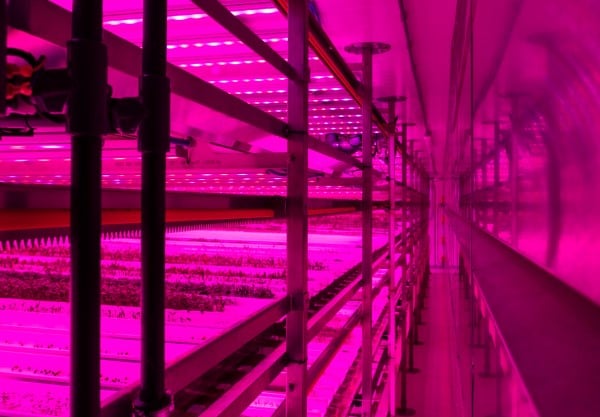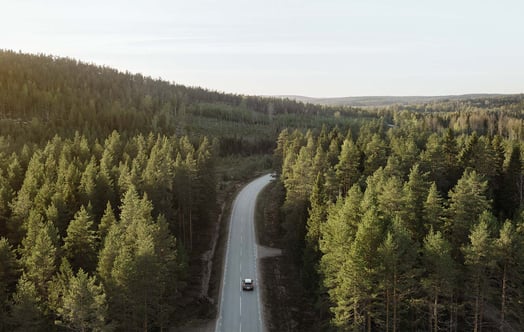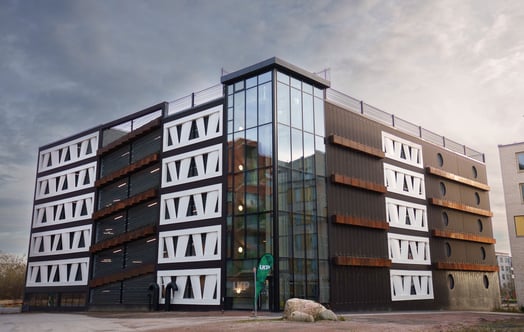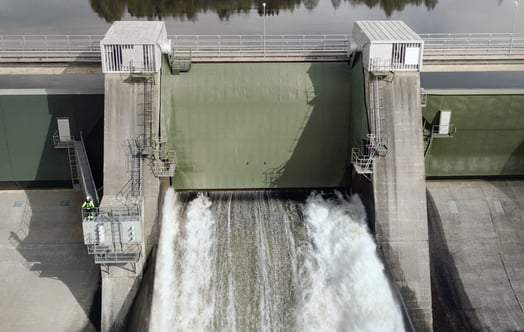Vertical farming is reshaping agriculture by growing crops in stacked layers under LED lights. With precise control over growing conditions, it uses less land, dramatically cuts water consumption, and eliminates the need for pesticides. With solar panels and wind power, its energy needs can be reduced, making it an even greener solution.
Vast fields of gently swaying grain or bright yellow rapeseed. The cultivation of fruit, vegetables and berries – row upon row of majestic-looking corn, strawberry plants, gnarled apple trees. The hushed industrious motion of a combine harvester steadily gathering crops.
For many, these images of agriculture – what it is, how it is done – are very ingrained. No matter how many changes and modernisations agriculture undergoes, big or small, we think we have a pretty good idea of what it is.
What if you turn it a bit?
As with most things, however, it’s easy to rethink our preconceptions simply with a change of perspective. For example, what happens if you turn everything we thought we knew about agriculture on its head? What if cultivation does not take place in large areas of land but at height with limited land use? And you use LED-lighting on plants rather than the sun? Closed rooms instead of open landscapes?
This approach is known as “vertical farming” and has become increasingly common in recent years. The principle is simple: as the name of the method suggests, cultivation is done at height. By growing crops in LED-illuminated “shelves” or “racks” in closed and controlled environments, crops can be stacked vertically thereby reducing and improving land use.
Ard van de Kreeke is founder of Netherlands-based vertical farming company Growy, which recently opened a 7,500-square-metre facility in Amsterdam. van de Kreeke used to work in conventional organic farming, but five years ago he gave it all up to invest in vertical farming instead.
”One of the reasons [for the switch] was that I think vertical farming can have a greater impact on the whole food system. We developed our own technology to ensure that we can manage a lower energy consumption, lower labour needs and lower investment,” he says.
The ability to control energy consumption
Financing vertical farming has been highlighted as a potential challenge. As with many new technologies, vertical farming remains expensive compared to more traditional outdoor and greenhouse cultivation. A vertical farming building costs around 10 times as much as a greenhouse of a similar size.
”But financing doesn’t have to be a major issue,” argues van de Kreeke. ”It’s only an issue when the [business] model isn’t viable. As soon as we have a farm that has a working business model, we make money every day and then financing becomes very easy.”
From an energy perspective, it is difficult to get around the fact that the use of LED lamps requires large amounts of energy. Currently, many vertical farming structures use four times more energy than ordinary greenhouses.
Growy uses solar panels on the roof of its facility, and if you can use renewable energy, that is of course an advantage. In many countries and regions where vertical farming use has come the furthest, this is straightforward.
”It’s easy to buy renewable energy from the grid in the Netherlands. The difficulty comes in consumption. The big question is how much energy you need to produce a kilo of lettuce? We made a vertical farm system where our energy consumption is down to 10 kilowatt hours per kilo of lettuce, which is the same number as a conventional greenhouse,” says van de Kreeke.
Because vertical farming is not dependent on sunlight, you can also control cultivation at times of the day when electricity prices are low.
”We’re constantly looking at prices. In the afternoon, between 1 and 4pm, energy is virtually free in the Netherlands. In these few hours we can get all the cooling energy we need for the next 24 hours, for example. We can also store the energy our solar panels produce in batteries and use it when we need it.”
Clear challenges – and opportunities
Even though vertical farming can reduce imports of many vegetables and berries, it should be noted that vertical farming is primarily suitable for several easy-to-grow crops – strawberries, different types of lettuce, and herbs. At least now. Growy has focused on herbs and lettuce so far, but has started experimenting with potatoes, strawberries and different kinds of mushrooms.
In the long term, Growy also plans to trial tomatoes, eggplant and peppers. van de Kreeke anticipates the greatest difficulties with root vegetables and a large number of varieties of cabbage.
”Soil-grown stuff, things that grow underground, are still very difficult to grow in vertical farms. So far, we’ve focused on what we call leafy plants – herbs, microgreens, lettuce. These are becoming more economically viable than farming outdoors.”
So, the challenges associated with vertical farming are clear, but at the same time it is also clear that it offers at least as many benefits. As cultivation takes place in closed environments, it is easier to control and thereby considerably reduce water use. It is also possible to almost entirely phase out the use of pesticides.
Year-round local food security
Because external factors have minimal impact, you also cultivate crops independent of the seasons. Vertical farming provides crops year-round and works in regions subject to temperature extremes. This means that vertical farming can also greatly reduce many countries’ reliance on imports, which reduces the environmental impact of the transport sector.
”Larger vertical farms are also predictable all year round. You can decide exactly what you produce and when. And in terms of food security, which is a big issue in most countries, vertical farming has a lot of potential. With locally grown crops you’re not depending on ships or planes transporting vegetables all over the world,” says van de Kreeke.
For Ard van de Kreeke, the advantages of vertical farming are obvious. If we are to be able to distribute food resources in a sustainable way, we need to be able to produce more and more food locally.
”We need to produce more sustainable, fresh, local food because we can’t feed everyone in the world the way we do today – while there’s probably enough food to go around, it’s not distributed fairly. I think vertical farming can play a small part to address these issues and be one of the many solutions to develop a food system that has the potential to feed the world sustainably and affordably.”
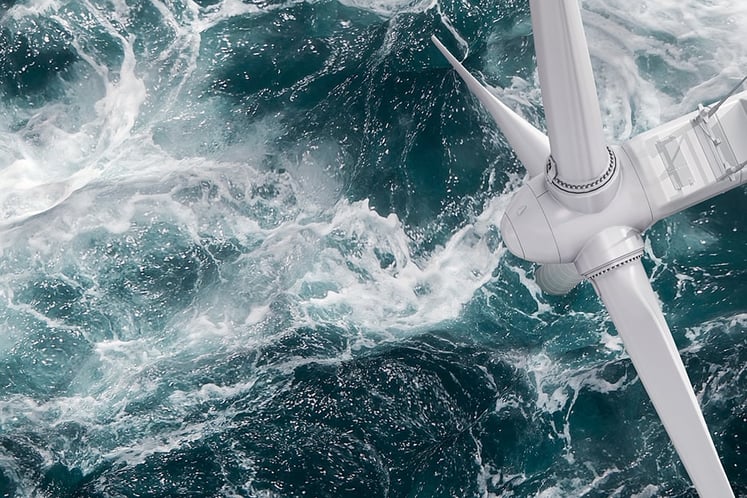
Subscribe to the newsletter THE EDIT
THE EDIT is Vattenfall's new monthly newsletter. Each issue highlights a new burning issue from the world of sustainable energy and fossil freedom.

